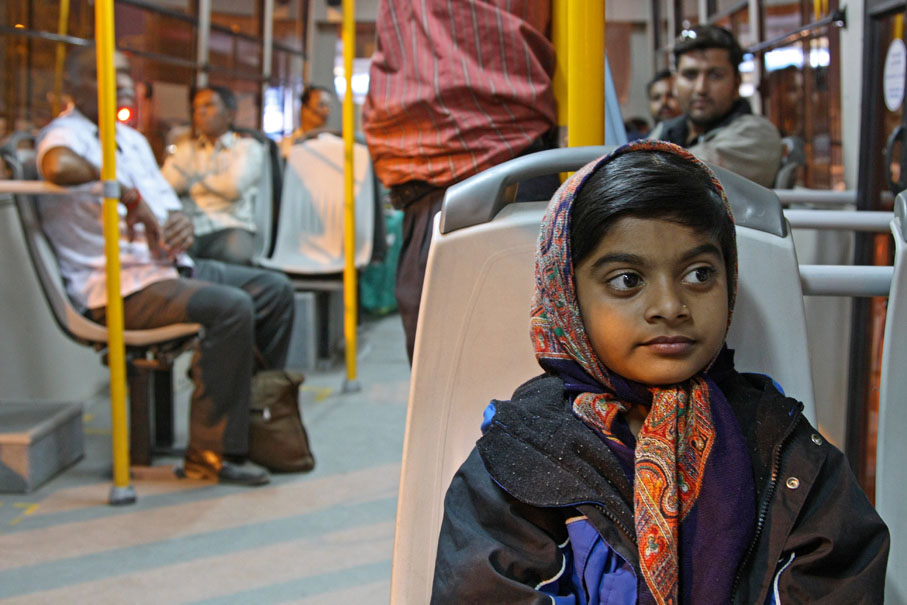11.2The Branding Brief
You now have to decide what ‘image’ you want for your brand. Image means personality. Products, like people, have personalities, and they can make or break them in the market place.David Ogilvy, advertising executive, 1911–1999

The brief sets the agenda for the brand and subsequently informs the creative process. The brief’s author will, of course, vary according to ownership structures and other factors; but whomever the responsibility falls to should ensure that the brief is developed using a collaborative process. Creating the brief offers the chance to build consensus among the stakeholders about the goals and purpose of the service and the message that the brand needs to convey. A collaborative process will also help develop allies in enforcing the brand during implementation. Finally, the brief must provide a clear guide to the graphic designer, copywriter, and other creative professionals who will use this as a road map to develop the brand elements.
When composing the BRT brief it is vital to keep in mind that BRT differs from most commercial brands in that BRT is a universal offering: it should appeal to the old, young, rich, poor, able-bodied, and disabled. There may be situations where it is beneficial to appeal to a target group—for example, low-income commuters—but it can be done in a way that is still appealing to a larger constituency. For example, in Ahmedabad, India, the Janmarg BRT was branded as “the people’s way.” This makes it clear to low-income groups that they are welcome, that this is a system for them, but is general enough to appeal to the majority of residents.
Briefs can vary in levels of prescription in terms of how much has been predefined through either the stakeholder consultation or the visual proximity the service should have with other transport modes. The system may perhaps be completely new in an area where there has historically been little or no public transport in the conventional sense, or it may be a new mode as part of a mature and highly developed network.
11.2.1The Elements of a Creative Brief
A creative brief is a document created through initial meetings, interviews, and discussions with BRT system officials and designers, and it is informed by stakeholder research. When developing a brief, less is more. This is a simple, clear, and concise document that only needs to contain the essential details. A good creative brief should answer the following key questions:
- What is the project?
- Who is it for?
- Why are we doing it? What needs to be done? By whom? By when?
- Where and how will it be used?
Too much information can be confusing, interpreted differently, and can set the team on the wrong path, wasting time and money. Instead, focus on defining and articulating the basics:
- The situation: What is the context? What concerns need to be addressed? Do a SWOT (strengths, weaknesses, opportunities, and threats) analysis;
- The objective: What are you trying to accomplish with this?
- The audience: Who is the audience and why should they care? Which target groups and stakeholders should be prioritized?
- The core idea: What is your brand’s promise or values that address the needs of your audience?
- The strategy and messages: How can you explain what you are offering in a way to which your audience will respond?
- The tactics: What tactics will best support sharing the core idea and strategy?
- The creative tone: What is your brand’s personality? What values should it convey?
- The budget: This determines the strategy and options for dissemination;
- The time line: Set a realistic time frame to develop, refine, test, and launch the brand.
Source: http://lrxd.com/blog/how-to-successfully-position-a-brand-the-essentials-of-a-creative-brief.
It is important to include input from both the planning team and stakeholder research in the brief. If the design and service standards across a system are both high, the customers will respond. However, it is important to remember that even great branding cannot mask poor service.